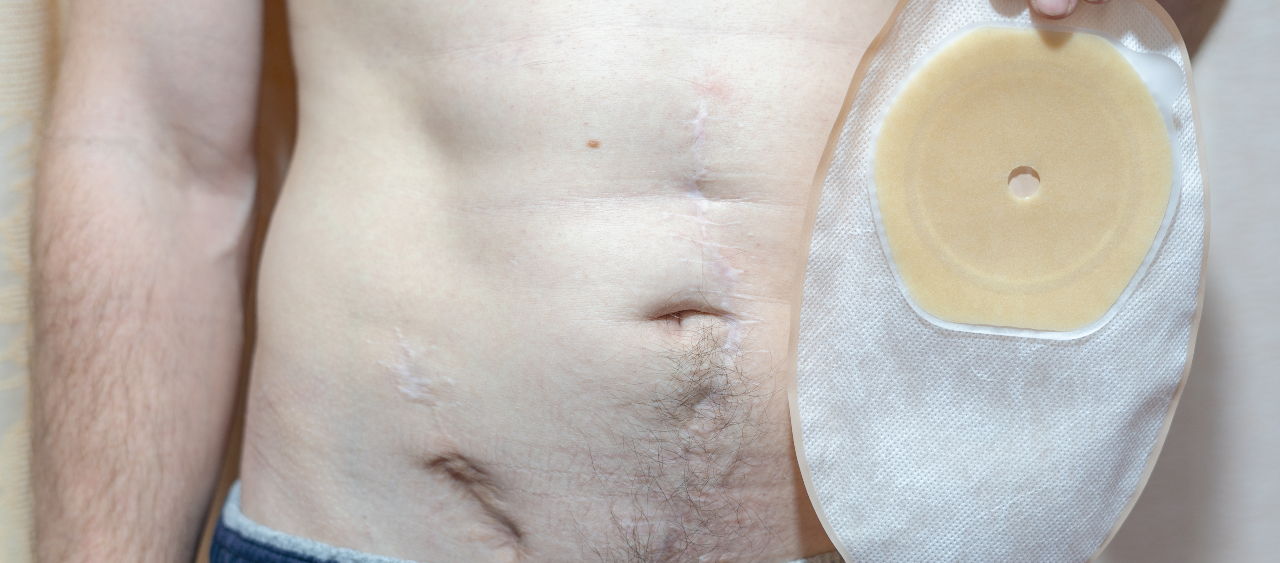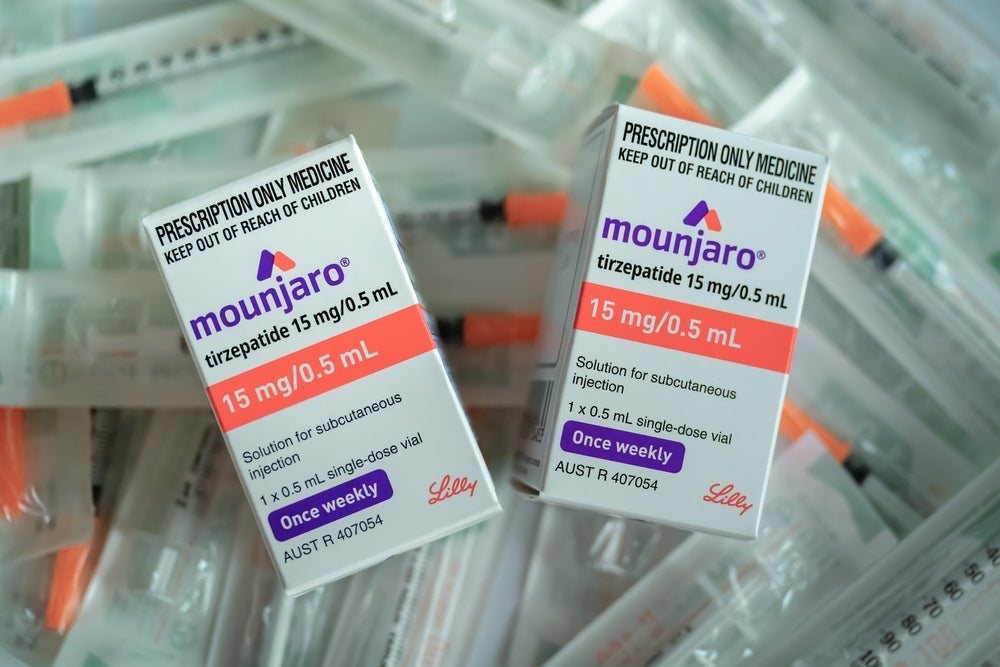Crohn’s disease is a form of inflammatory bowel disease (IBD), which is composed of two chronic autoimmune diseases that cause intestinal inflammation: Crohn’s disease and ulcerative colitis (UC). In Crohn’s disease, chronic inflammation may affect any part of the gastrointestinal (GI) tract from the mouth to the anal area; however, the disease occurs most commonly in the lower part of the small intestine (ileum) and in the large intestine. The pathophysiology of Crohn’s disease is complex, as the disease is characterised by recurring flares that evolve along with periods of inactivity and remission. The Crohn’s disease market has historically been reliant on anti-tumour necrosis factor (anti-TNF) therapies that have been available for over a decade, but recent developments have led to research on novel mechanisms of action (MOAs) in order to combat the high numbers of patients experiencing treatment non-response. The Crohn’s disease market will experience significant growth due mainly to the launch of new drugs, most of which are expected to launch between 2023–2025, that will target the moderate-to-severe patient population, as well as the often-neglected patient with fistulising disease.
There are already several biologics indicated for the treatment of moderate-to-severe Crohn’s disease, including anti-TNFs Humira (adalimumab), Remicade (infliximab), and Cimzia (certolizumab pegol), the anti-integrin Entyvio (vedolizumab), and the interleukin (IL) 12 and 23 inhibitor Stelara (ustekinumab). These are seen as generally satisfactory in treating patients who are not adequately controlled by steroids and aminosalicylates, but some patients can experience a loss of response to these therapies, particularly anti-TNFs. With Stelara being the last biologic approved for Crohn’s disease, in 2016, there is a demand for therapies with novel MOAs that are less immunogenic than current offerings and many new classes of therapies are looking to enter the market over the next 10 years. Most notable are the IL-23 inhibitors, which are suspected to offer greater efficacy and safety than Stelara, and include AbbVie’s Skyrizi (risankizumab), Janssen’s Tremfya (guselkumab), Eli Lilly’s mirikizumab, and AstraZeneca’s brazikumab. Similarly anticipated are the Janus kinase (JAK) inhibitors, which include AbbVie’s Rinvoq (upadacitinib) and Gilead’s Jyseleca (filgotinib). Safety concerns regarding the formation of blood clots from the use of JAK inhibitors in rheumatoid arthritis patients have led to boxed warnings for all JAK inhibitors, potentially limiting their uptake upon approval. This will be compounded by concerns over Jyseleca’s impact on male fertility. However, if approved, Jyseleca will be the third-ever treatment, after Remicade and Alofisel (darvadstrocel), for fistulising patients, a patient population that is historically under-served and usually requires surgery as part of treatment. Although already approved in Europe, Takeda’s Alofisel is currently in Phase III testing for the US and Japan. Following the introduction of Entyvio’s subcutaneous formulation, a new anti-integrin is expected to join the fray in the form of Genentech’s etrolizumab, which has a slightly different MOA to Entyvio. Rounding off the late-stage pipeline are the two sphingosine-1-phosphate receptor (S1PR) modulators, Bristol-Myers Squibb’s Zeposia (ozanimod) and Arena Pharmaceuticals’ etrasimod, and RedHill Biopharma’s antibiotic combination RHB-104.
Figure 1: Crohn’s Disease Agents in Clinical Development.

Credit: GlobalData.
Despite the looming prospect of biosimilars launching across the next ten years, the future growth of the Crohn’s disease market is expected to be substantial. While adalimumab biosimilars launched in the EU in 2018 and are expected to launch in the US in 2023, Humira is expected to retain its 2019 crown as highest-selling Crohn’s disease drug through 2029. Certolizumab pegol, vedolizumab, and ustekinumab biosimilars are all expected to launch during the next decade, adversely affecting sales of the originator products but not to a detrimental extent.
How well do you really know your competitors?
Access the most comprehensive Company Profiles on the market, powered by GlobalData. Save hours of research. Gain competitive edge.

Thank you!
Your download email will arrive shortly
Not ready to buy yet? Download a free sample
We are confident about the unique quality of our Company Profiles. However, we want you to make the most beneficial decision for your business, so we offer a free sample that you can download by submitting the below form
By GlobalDataKey opinion leaders (KOLs) interviewed by GlobalData broadly agreed that current treatment options struggled to deliver acceptable remission rates and many patients must cycle through several different therapies to prevent loss of response and that the greatest unmet need was the difficulty in treating fistulising patients due to the need for surgical intervention and the relative lack of pharmacological treatment options. Physicians were excited at the prospect of new therapies that would offer hope to patients who have been refractory to multiple MOAs currently on the market, as well as the impressive safety profile of some of the drugs in late-stage development. Overall, the looming threat of biosimilars and the expected high cost of new therapies will not be enough to derail significant growth of the Crohn’s disease market in the 8MM (US, France, Germany, Italy, Spain, UK, Japan, and Canada) over the next decade.










Related Company Profiles
M.O.A Co., Ltd
Arena Pharmaceuticals Inc
AstraZeneca Plc
RedHill Biopharma Ltd
Janssen Inc